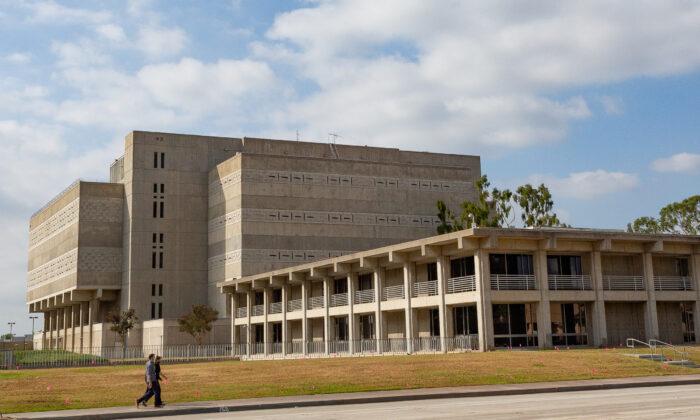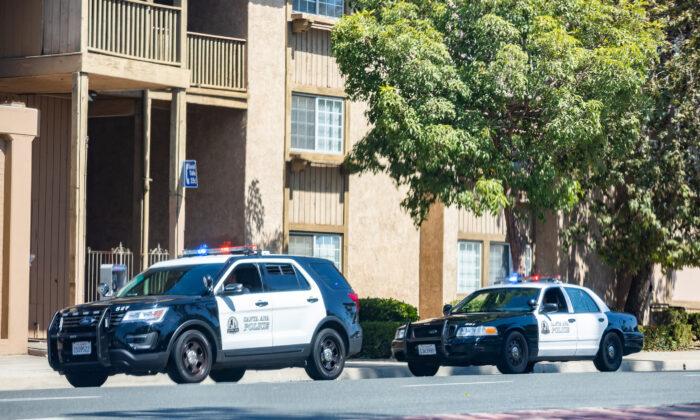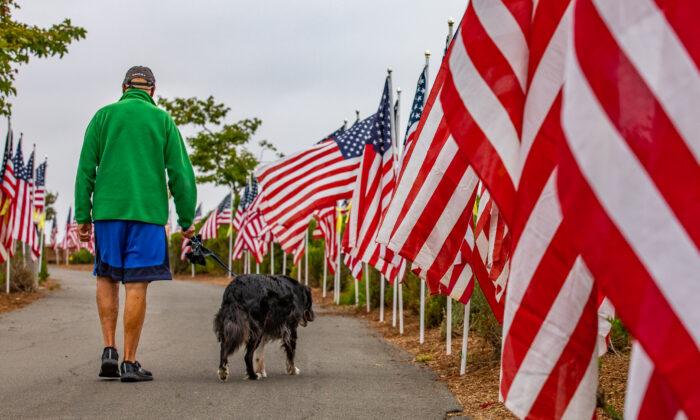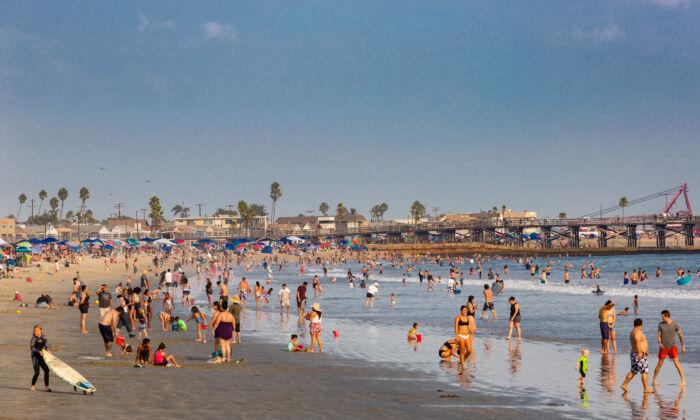Law officials in Orange County, Calif. say they’re worried about state plans to reduce the sentences of up to 76,000 inmates.
It will do so in conjunction with California’s Proposition 57, which permits parole consideration for nonviolent felons. It also adjusts rules on juvenile prosecution and allows sentence credits for good behavior, education, and rehabilitation.
Orange County Sheriff’s Department spokesperson Carrie Braun said the department is concerned about both past and potential future victims of crime if the inmates are released prematurely.
“Victims of any crime should be and are of primary importance,” Braun told The Epoch Times. “From the sheriff’s department perspective, we’re very concerned not only about people who have already been the victims of crimes from these individuals, but anyone potentially who could be impacted if someone who were released were to recidivate.”
Approved by the California Office of Administrative Law, the move comes as the state looks to increase good behavior incentives of those incarcerated by allowing a reduction of prison time for the well-behaved.
Of those eligible, 63,000 inmates currently incarcerated due to violent crimes will be able to attain “good behavior credits” that will allow them to reduce sentences by one-third. The figure includes 20,000 inmates sentenced to life in prison with the possibility of parole.
Prior to the new rule becoming effective, good behavior credits only granted a one-fifth reduction of prison sentences.
The new law would also allow 10,000 inmates who are imprisoned for a second nonviolent offense under California’s three-strikes law to have their sentences reduced to one-half instead of one-third. Another 2,900 inmates who were convicted of a third nonviolent strike will get similar reductions. In essence, the inmates will receive one day of credit for every day served.
Additionally, minimum-security inmates who work in conservation (fire) camps, are trained as firefighters, or who are assigned minimum custody status, will earn one month of credit for every one month served. This will happen regardless of the crime they were convicted for.
For an inmate to be considered to have nonviolent status under the increased good behavior time credits, only the crime they are currently being incarcerated for must be nonviolent. It doesn’t mean they haven’t been convicted of a violent crime in the past.
CDCR spokesperson Vicky Waters said the new measures won’t result in the automatic release of any inmate.
“Under the statute, incarcerated individuals are able to receive credits for good behavior and participation in the rehabilitation program,” Waters told The Epoch Times. “Proposition 57, which voters overwhelmingly approved in 2016 and upheld in November, gave the California Department of Corrections and Rehabilitation the authority to submit regulations to provide additional opportunities for incarcerated people to receive these good conduct credits.
“This effort incentivizes incarcerated individuals to have sustained good behavior and encourages them to participate in rehabilitative and educational programs, which can help reduce recidivism to make our communities safer. Our department’s focus is on a person’s rehabilitation and accountability in a manner that is consistent with public safety.”
Orange County District Attorney Todd Spitzer said on Twitter that allowing all the inmates back onto the street will be a dangerous move.
“[The inmate reduction is] in addition to the tens of thousands of inmates and state prisoners already released due to the COVID-19 pandemic. This is a slap in the face to the victims of violent crime—and a threat to public safety,” Spitzer wrote. “Reduced consequences for committing crimes means more crimes will be committed—and more people will be victimized.”





